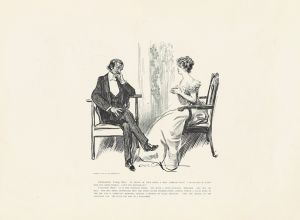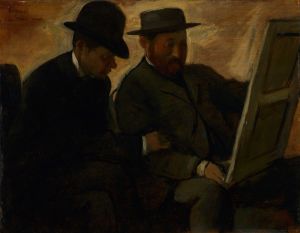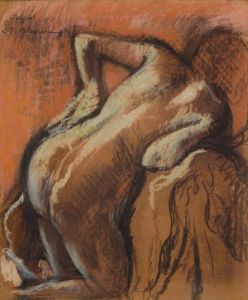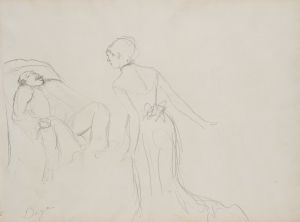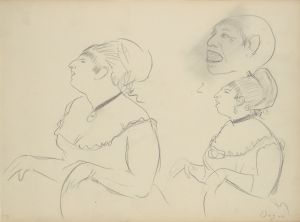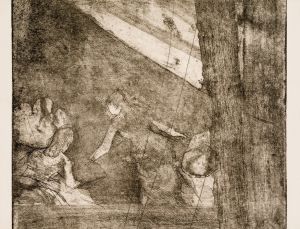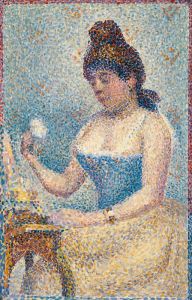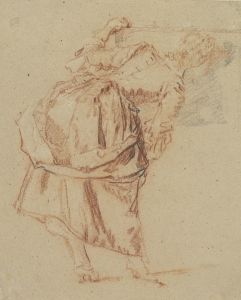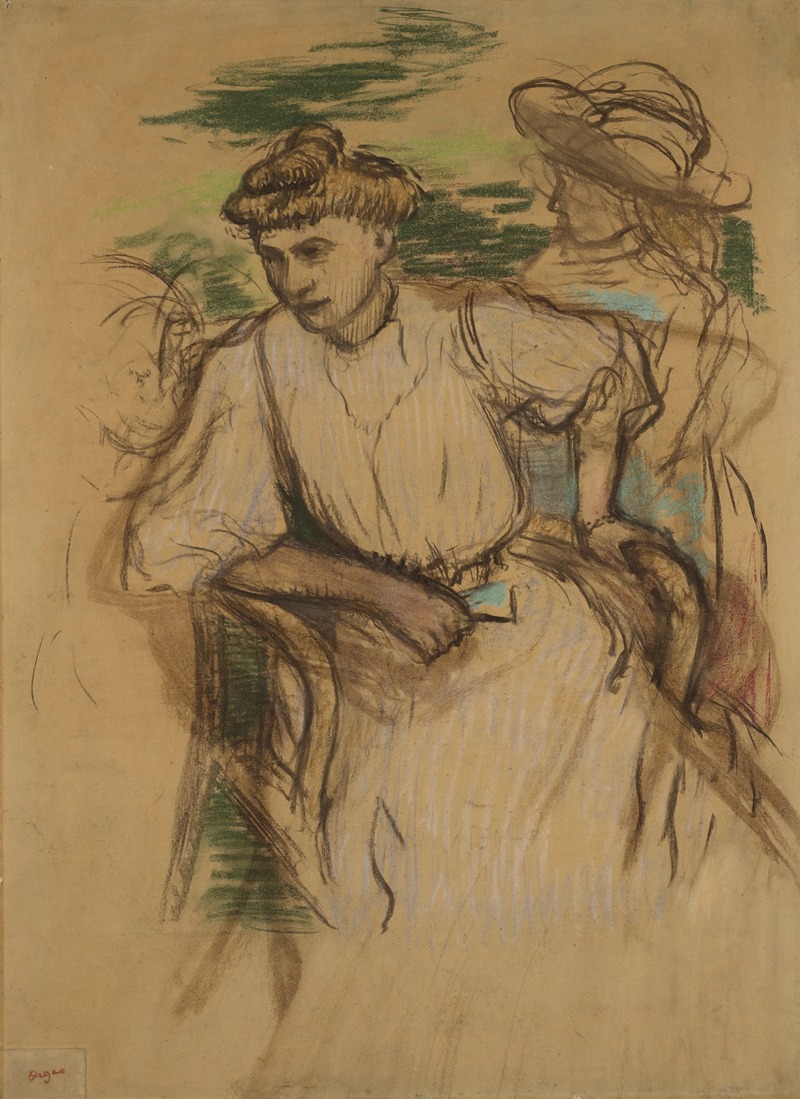
Jeune femme assise
A hand-painted replica of Edgar Degas’s masterpiece Jeune femme assise, meticulously crafted by professional artists to capture the true essence of the original. Each piece is created with museum-quality canvas and rare mineral pigments, carefully painted by experienced artists with delicate brushstrokes and rich, layered colors to perfectly recreate the texture of the original artwork. Unlike machine-printed reproductions, this hand-painted version brings the painting to life, infused with the artist’s emotions and skill in every stroke. Whether for personal collection or home decoration, it instantly elevates the artistic atmosphere of any space.
Edgar Degas, a prominent French artist associated with the Impressionist movement, is renowned for his mastery in capturing the human form, particularly through his depictions of dancers, women, and everyday life. One of his lesser-known works, Jeune femme assise (translated as Young Woman Seated), exemplifies his skill in portraying intimate, contemplative moments.
Jeune femme assise is a pastel drawing that reflects Degas's fascination with the female figure and his innovative use of the medium. Pastel was a favored material for Degas, allowing him to achieve a delicate balance between line and color while maintaining a sense of immediacy and spontaneity. The artwork depicts a young woman seated, her posture relaxed and introspective. Degas's attention to detail is evident in the subtle rendering of her clothing and the nuanced expression on her face, which conveys a quiet, reflective mood.
The composition of Jeune femme assise is characteristic of Degas's approach to framing his subjects. Rather than adhering to traditional, formal poses, he often captured his figures in unguarded, natural positions, lending his works a sense of realism and intimacy. The seated woman in this piece is portrayed in a moment of stillness, her body slightly turned, suggesting a narrative that remains open to interpretation.
Degas's use of pastel in this work demonstrates his technical expertise and his ability to experiment with texture and color. The soft, layered strokes create a sense of depth and luminosity, enhancing the tactile quality of the piece. This technique became increasingly prominent in Degas's later works, as he moved away from oil painting and embraced pastel as his primary medium.
While specific details about the creation and provenance of Jeune femme assise are limited, the artwork is consistent with Degas's broader artistic themes and methods. His focus on capturing fleeting moments and his innovative use of materials have solidified his reputation as one of the most influential artists of the 19th century.
Today, Jeune femme assise is appreciated as a testament to Degas's ability to convey emotion and character through his art. It serves as a reminder of his enduring legacy and his contributions to the development of modern art.





